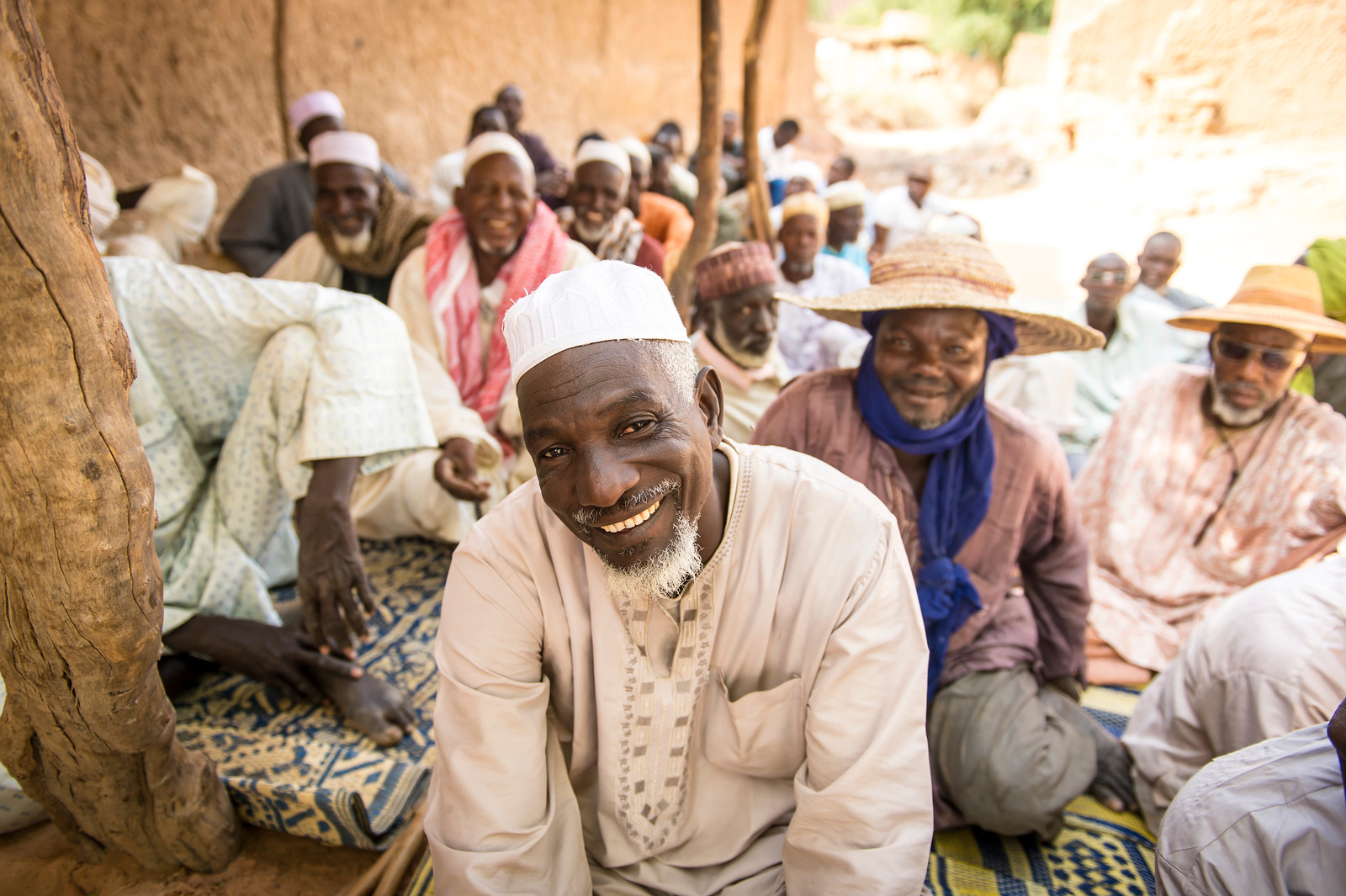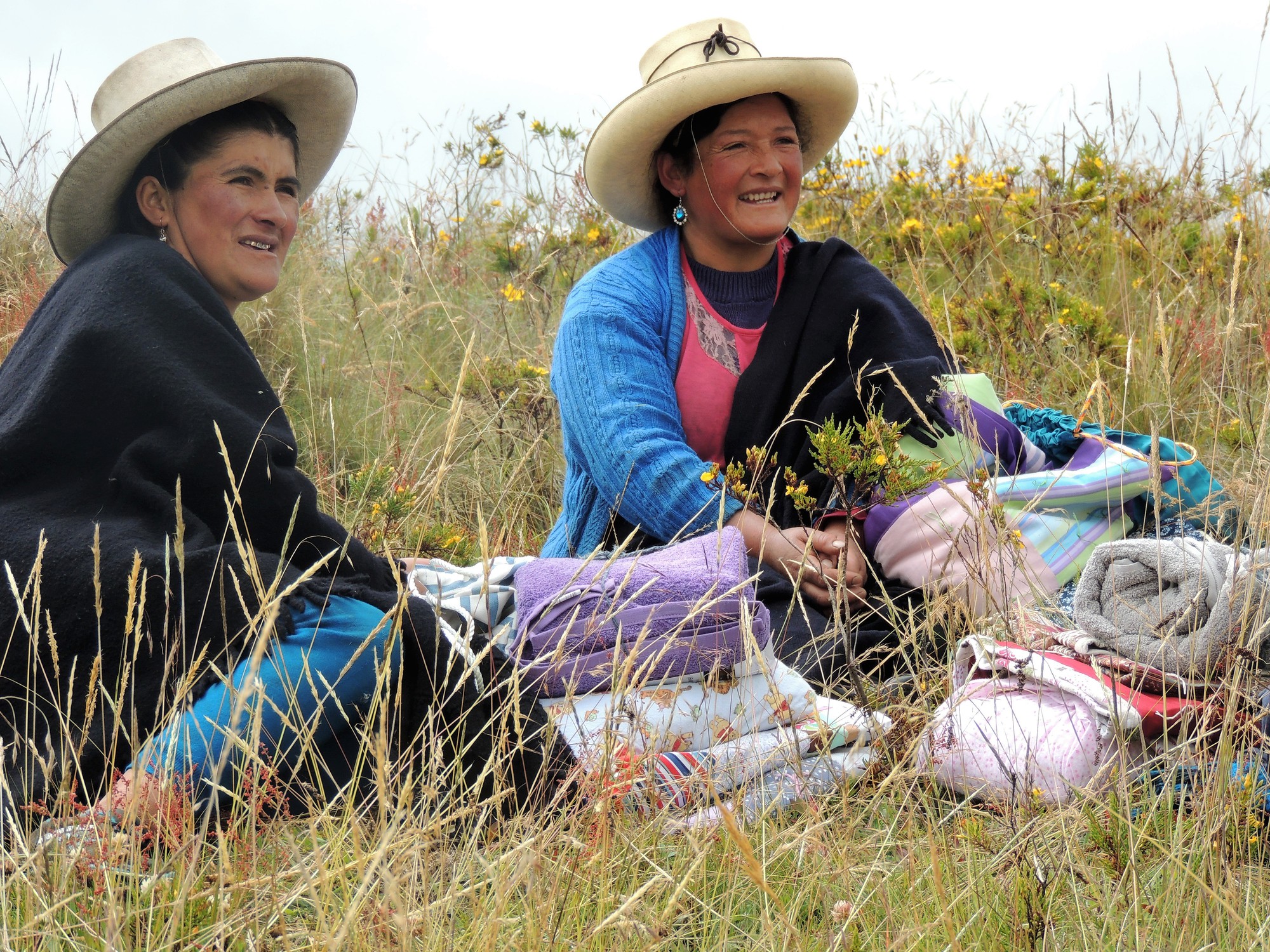Good protection work should result in a reduced risk of violence, coercion, and deliberate deprivation during crises. There are three key enablers of Results-Based Protection: culture, systems, and resources.

An organization’s institutional CULTURE shapes the way employees think and behave
Culture is the collective values, beliefs, and principles of an organization. It shapes the way employees behave among themselves and with people outside the organization.
Cultivating an institutional culture that places the affected population at the center of humanitarian action, prioritizes learning, flexibility, and listening, and an environment that values collaborative action and creative problem solving is key to achieving results and reducing risk.
Download PDF to Learn More
SYSTEMS should enable iterative and adaptive problem solving
The various systems and processes that characterize an organization and the wider humanitarian community can enable or block the achievement of protection outcomes.
Iterative and adaptive processes that stimulate creative problem solving to achieve protection outcomes are key to solving complex protection problems.
Download PDF to Learn More
RESOURCES need to be proactively allocated and managed
Results-Based Protection requires actors to purposefully manage and leverage financial, human, material, social, and emotional resources to effectively reduce protection risk for people in crises.
You don’t need huge investments in resources to support Results-Based Protection. Adopt some practices now and build toward more enabling resources.
Download PDF to Learn More